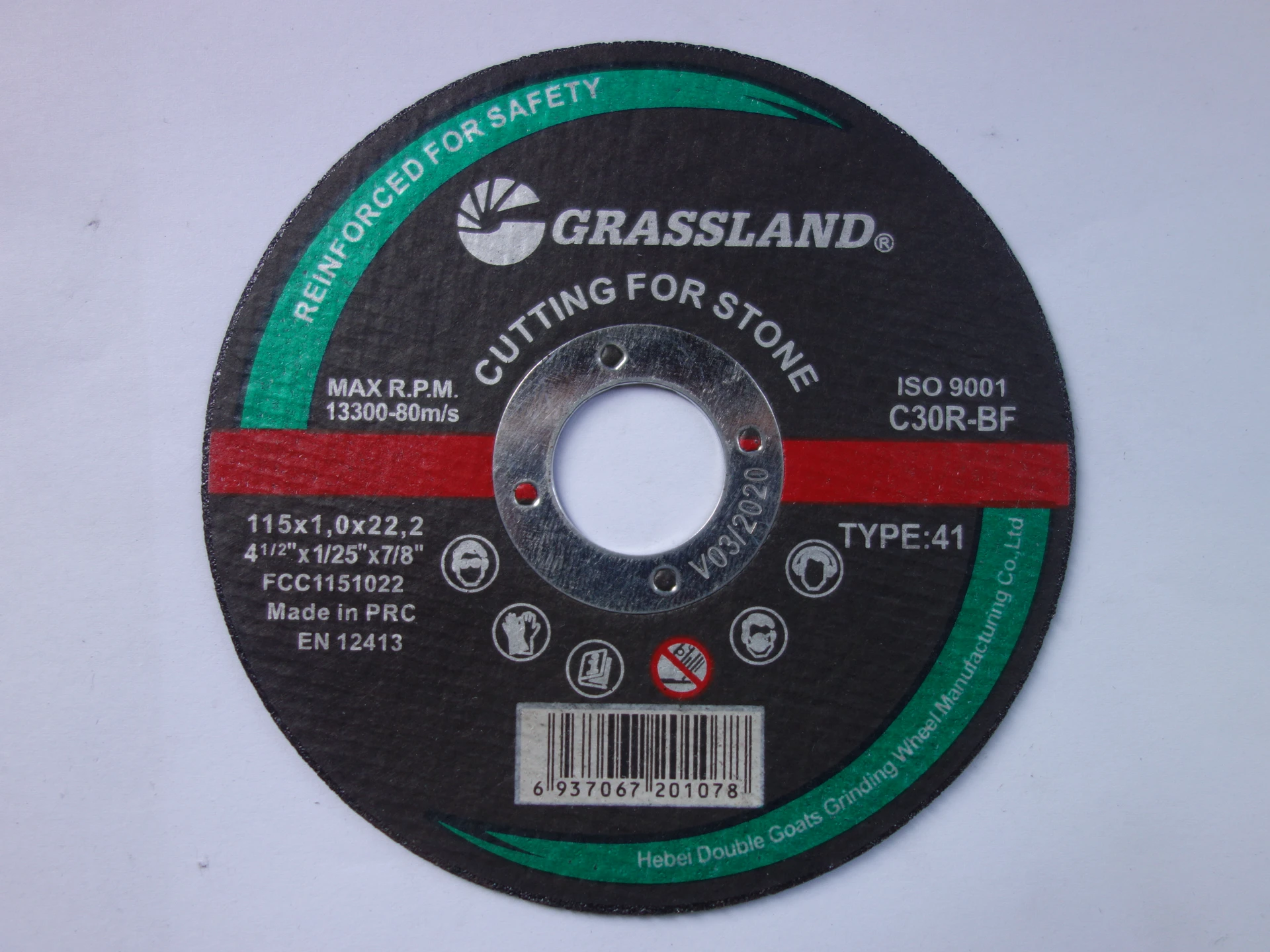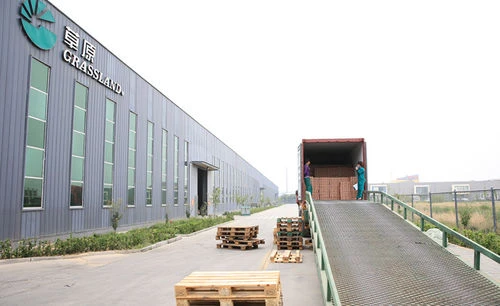

5. Cubic Boron Nitride (CBN) Grinding Wheels Slightly less hard than diamonds but superior for ferrous metal applications, CBN wheels excel in grinding hardened steels and providing a long service life. When working with high-speed steel or cast iron, CBN wheels enhance efficiency and productivity with lower grinding forces and superior thermal conductivity. The expertise in grinding wheel selection extends beyond understanding types; one must also consider factors such as the wheel’s grit size, bonding material, and structure. These variables substantially influence the wheel's functionality and the quality of the finish. - Grit Size A finer grit results in a smoother finish, while coarser grits are engineered for rapid material removal. - Bonding Material The bond influences the wheel’s durability and wear resistance. Common bonds include vitrified, resin, and metal types, each suitable for different working conditions and materials. - Wheel Structure The spacing between abrasive grains affects the cutting action and overall performance. Open structures facilitate heat dissipation, vital for delicate materials, while closed structures ensure a robust cut on hard materials. Choosing the right grinding wheel demands a blend of hands-on experience and theoretical knowledge. Safety, efficiency, and cost-effectiveness all hinge on this critical decision. With technological advancements propelling the development of new grinding wheel types, manufacturers can explore tailored solutions that meet their specific requirements. In summation, investing in the right type of grinding wheel enhances not only the precision and quality of your work but also extends the longevity and reliability of your equipment. As an authoritative figure in the domain of grinding technologies, it’s essential to stay current with innovations and product improvements to maintain a competitive edge.
Post time:Jan - 10 - 2025

















